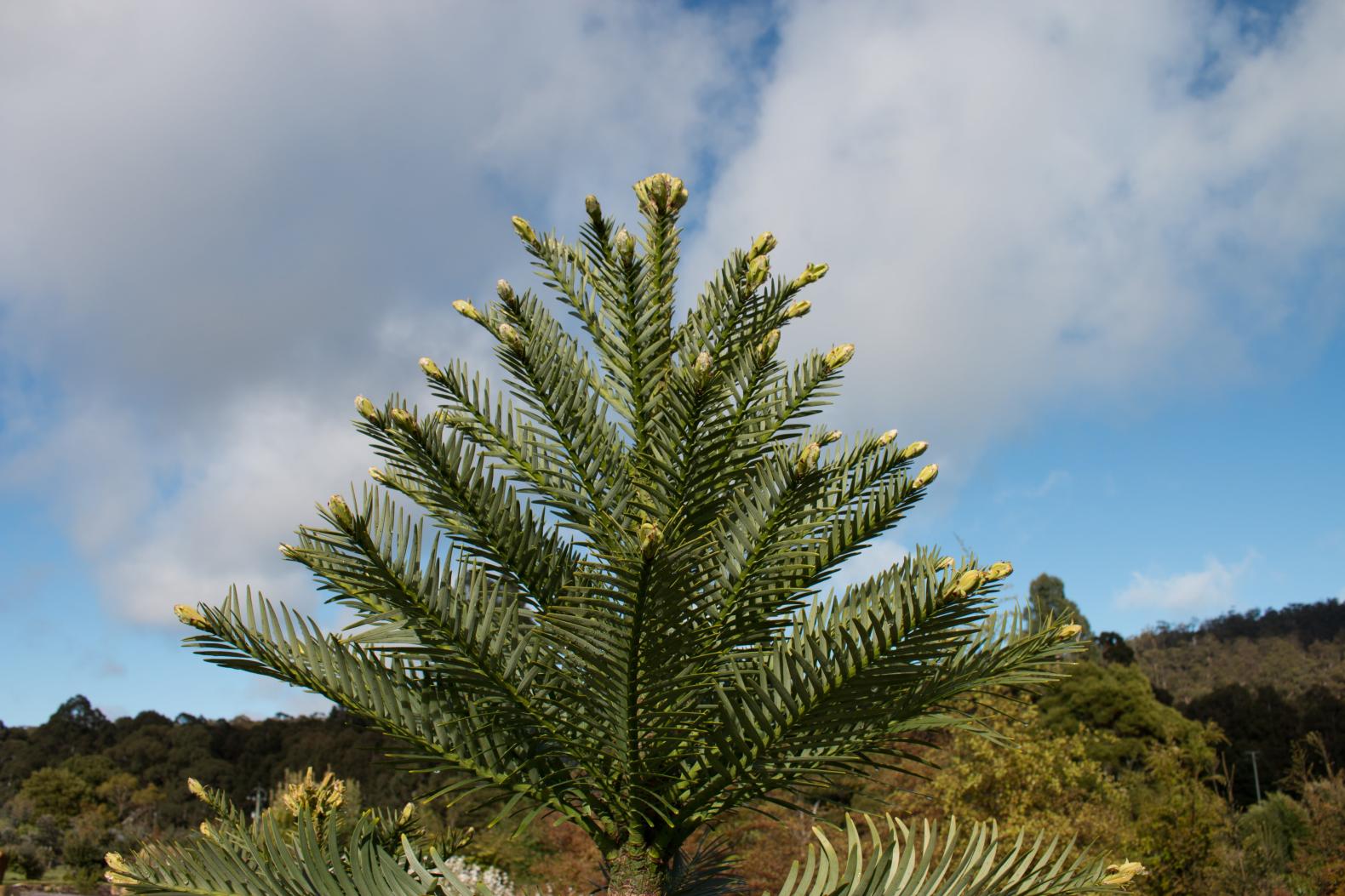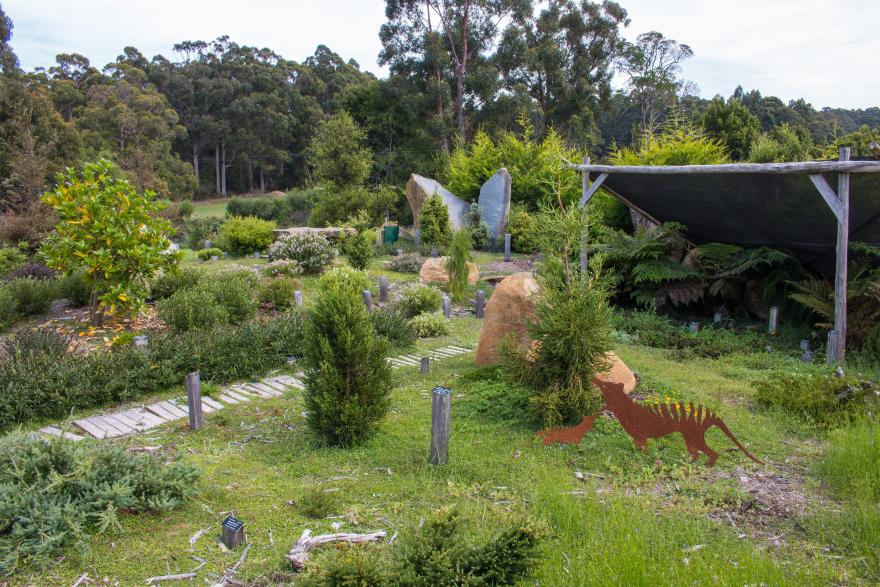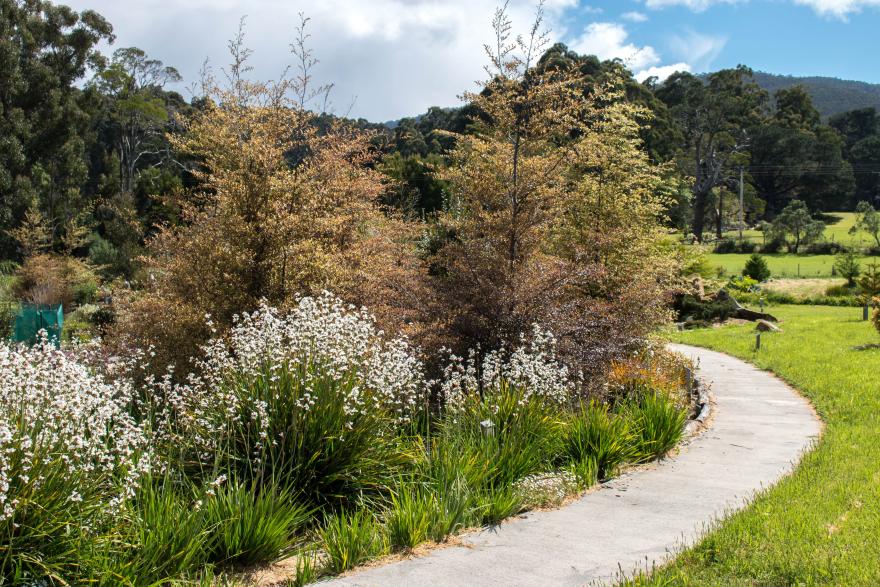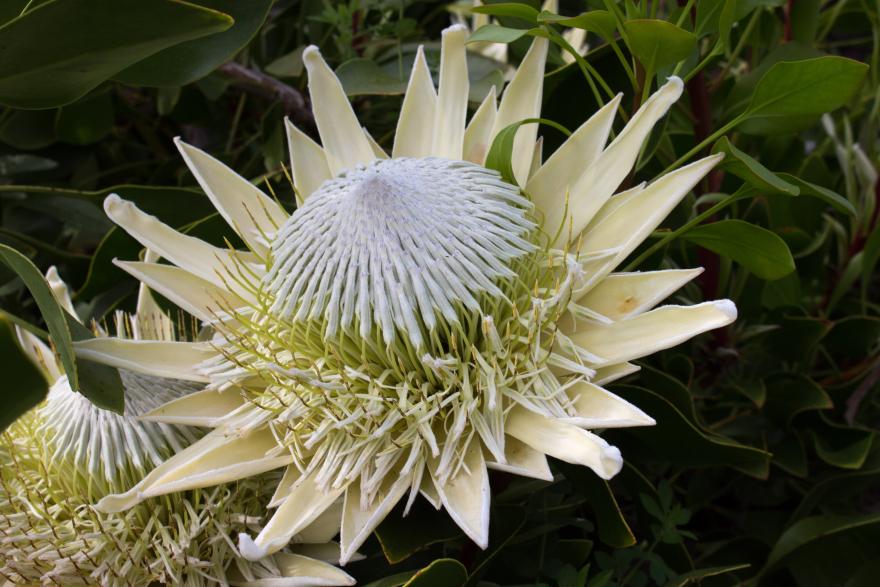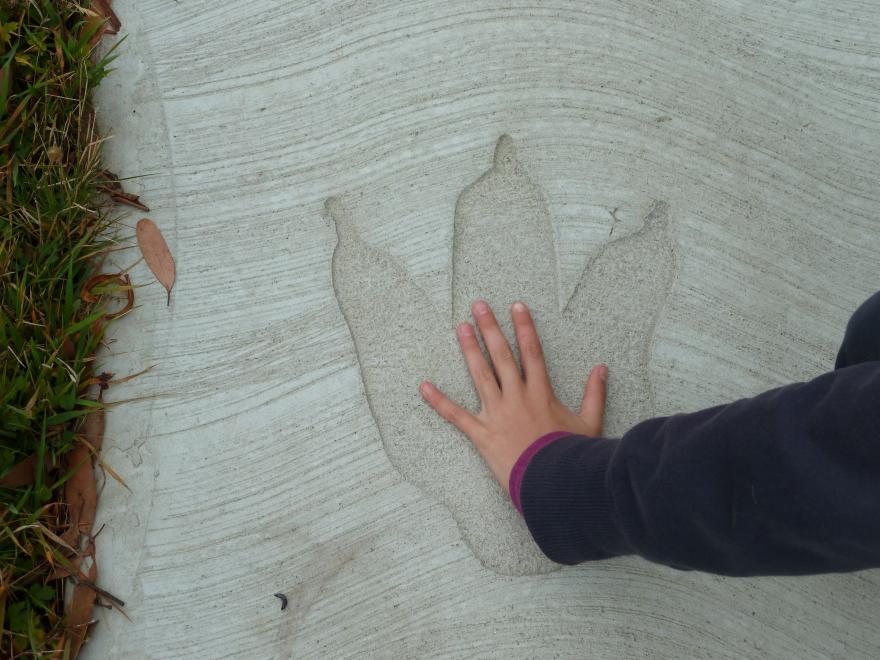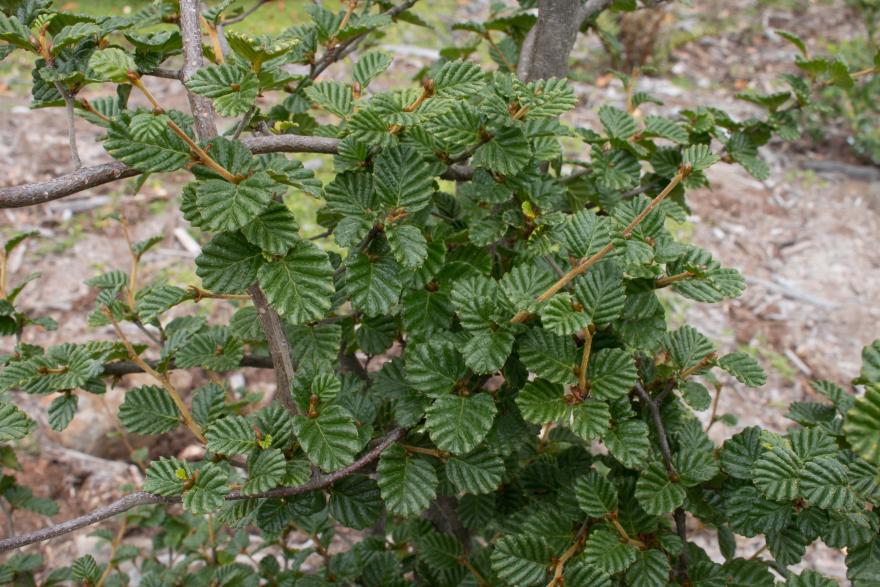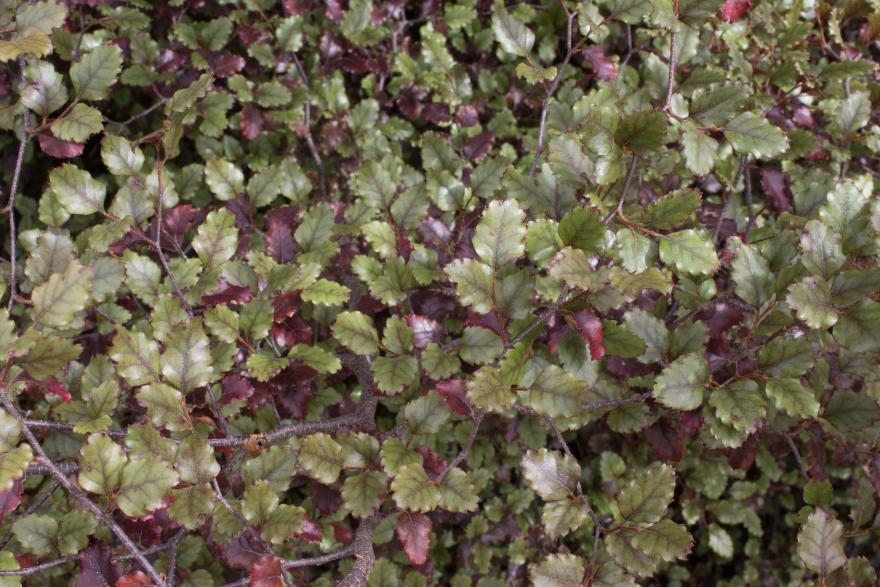"Wouldn't it be great to grow a couple of plants from the Southern continents to demonstrate their connections with Gondwana."
This was the thought that launched a botanic garden. With qualifications in Botany and Zoology, the story of Gondwana fascinated Tonia and became a constant companion while guiding nature tours across the Southern continents.
Tonia’s 1500-acre conservation covenanted nature reserve on Bruny Island provided the perfect setting to grow some plant species to demonstrate Gondwanan connections. The idea blossomed and Tonia’s enthusiasm for the project grew as she researched flora with Gondwanan origins, and learned all she could about botanic gardens and garden design concepts.
Tonia’s interest in shells, fossils and gemstones led to a lifetime of collecting interesting specimens and some of the fossils she collected are Jurassic ancestors of modern-day plants that she obtained for the Jurassic Garden. With this in mind, Tonia thought it would be great to display these to demonstrate the Gondwanan connection and also publicly display all the other amazing fossil, shell and gemstone specimens in her collection. This formed the basis for the Inala Nature Museum.
In 2012, the Australian government was offering dollar-for-dollar funding for innovative tourism projects in regional areas and this, along with Tonia’s own personal resources, enabled the Inala Jurassic Garden and Nature Museum to become a reality.
Work began in 2013 and Tonia’s innate predilection for collecting took hold and this is now evidenced in the rich diversity of plants in the Garden. The Protea Family is of particular interest to Tonia and the collection is considerable and truly fabulous.
To keep with the Garden’s theme, Tonia landscaped the 5-acre area with locally sourced Jurassic dolerite boulders and commissioned thematic garden art pieces from local artists. She thought it would be fun to include some ‘dinosaur’ footprints on the newly laid concrete pathway that offers a gently winding trail through the garden. Tonia designed the garden so that plants are grown in Family groupings to better demonstrate the similarities between plant species from the various landmasses that once made up Gondwana. This also made sense in that species from the same Family would likely require similar growing conditions. This strategy proved highly successful with very few plant losses since the development of the Garden.
Tonia catalogued the entire collection, including detailed cultivation notes on each species. In the Garden, each plant is labelled and interpretive signage developed to showcase areas of special interest. In the early stages after the initial planting phase was completed, the garden looked like a cemetery with all the small plants dwarfed by the label posts, but now it has grown in and taken on full botanic garden proportions. The Jurassic Garden (and Nature Museum) opened to the public in 2014 and has become a garden of significant interest both within Australia and internationally.
"Conservation underpins everything we do"
With over 750 species from more than 50 plant families now well established in the garden, Tonia concentrated her efforts increasingly on conservation and growing insurance specimens of endangered plant species. She thought of this as a kind of Noah’s Ark for plants and the name stuck - the Jurassic Garden conservation efforts are now known as the Noah's Ark Projects. Tonia is very committed to further developing this area of the Garden - conservation has always been the primary focus of all Inala endeavours. She hopes to continue to collaborate closely with other botanic gardens, institutes and interested parties to protect endangered plant species - especially those with Gondwana lineage.

